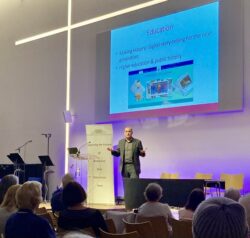WELCOME TO THE RICHMOND LOCAL HISTORY SOCIETY |

Our Society explores the history of Richmond, Kew, Petersham and Ham and the people who have lived here.
Each of these areas has a rich tapestry of history that includes royal connections, significant architectural developments, and a deep cultural heritage. Exploring their history offers an insight into the broader historical narrative of England, especially in terms of royal influence, horticultural advancements, and architectural heritage.
What we offer:
-
- Evening talks: Usually held on the second Monday of each month, our evening talks feature expert speakers who delve into various historical topics related to our area.
- Guided walks and visits: Explore the historical sites and hidden gems of Richmond, Kew, Petersham, and Ham with our organized walks and visits.
- Richmond History journal: Our award-winning journal offers in-depth articles and research on local history.
- Books: We publish a range of books on topics of local interest, providing valuable insights and detailed accounts of our area’s past.
MEMBERSHIP |
Join the Society online

You can now join the Society or renew your membership online.
Annual membership is:
- £12 single
- £20 for two people at the same address.
By joining our Society, you will enjoy:
- Free admission to our talks and walks: Gain free access to our monthly evening talks and summer walks.
- An informative newsletter, three times a year, keeping you updated on events, talks, and new publications.
- Discounts on our extensive range of publications.
If you are already a member and have a standing order in place, this will renew automatically when your next subscription payment is due – there is no need to contact us unless you wish to cancel or to amend your personal details.
If you prefer to join by post, please download our membership form; print, complete and post to us with an accompanying cheque or cash.
If you have any queries about membership, please email our Membership Secretary, Mark Lucas.
TALKS AND OTHER EVENTS
|
Our 2023/24 season of talks finished on 13 May with a fascinating presentation by author, historian and broadcaster, Dr Nick Barratt. Nick, best known for his work on the BBC television series Who Do You Think You Are? spoke to us on the future of family, local and community history.
After our summer break – during which we have a programme of visits and guided walks – we’ll be back at Duke Street Church Richmond on Monday 9 September for a talk by Dr Peter Ross on London street food.
Find out more about our forthcoming talks
A warm welcome to the new members who joined our Society at our stall at Ham Fair on Saturday 8 June, to those who stopped by at our stall to say hello and/or to buy some of our books, and a big thank you to all the volunteers who helped make the day such a success for us.
Our guided walks this summer have been a great success and the remaining walks are fully booked.
PUBLICATIONS |
Have you visited our online bookshop?
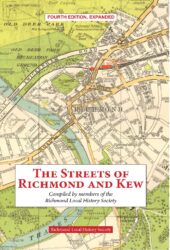
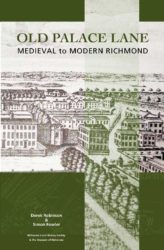 All of the Richmond Local History Society’s publications still in print are available from our online bookshop.
All of the Richmond Local History Society’s publications still in print are available from our online bookshop.
You can also purchase our most popular publications from the bookstall at our monthly talks and from local independent bookshops.
Our latest publications
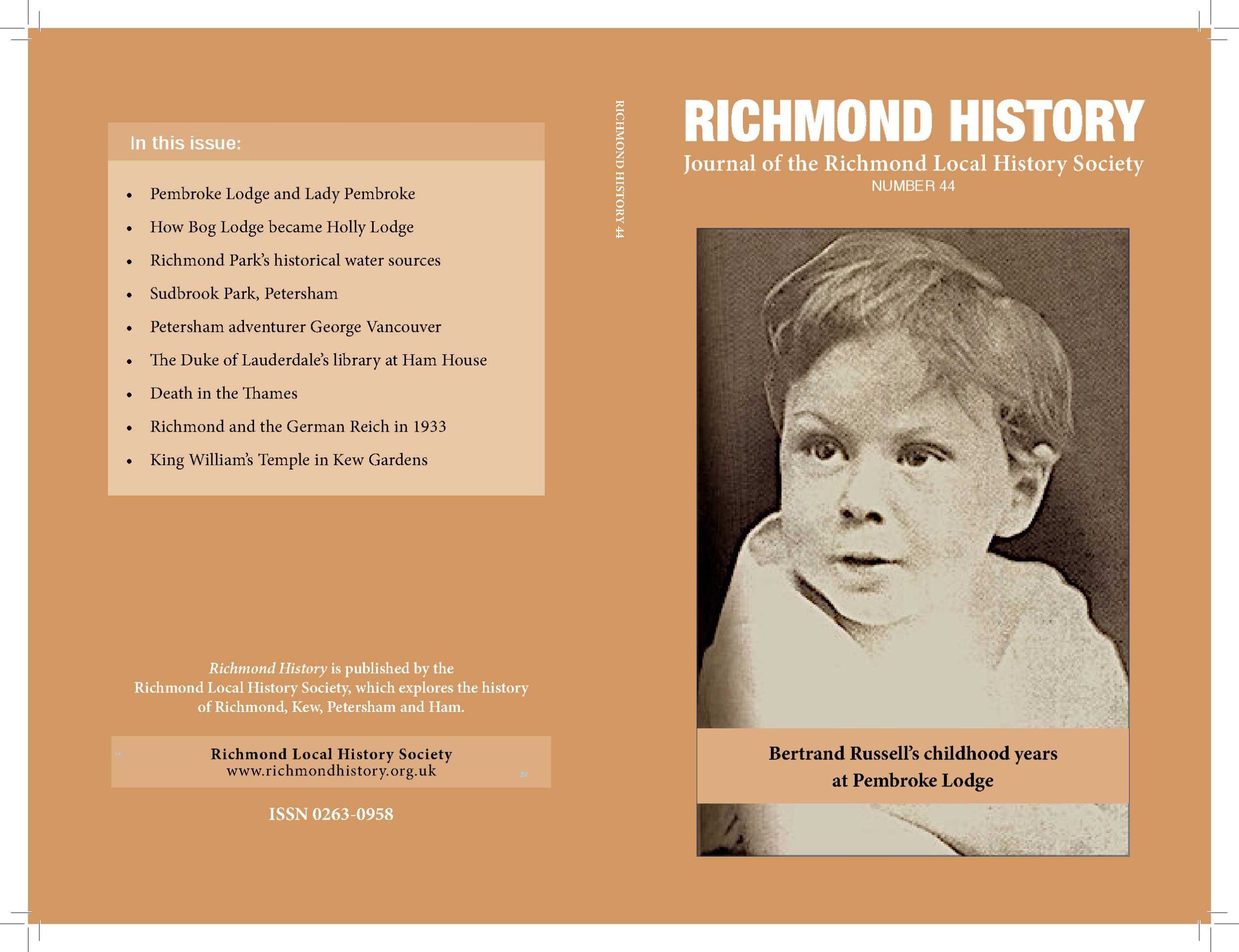 Richmond History 44, the 2024 issue of our journal, includes articles on Kew Gardens, Richmond Park, Sudbrook Park and Ham House, on the explorer George Vancouver (who lived in Petersham and is buried there) and on attitudes in Richmond to the new Nazi regime in Germany in 1933.
Richmond History 44, the 2024 issue of our journal, includes articles on Kew Gardens, Richmond Park, Sudbrook Park and Ham House, on the explorer George Vancouver (who lived in Petersham and is buried there) and on attitudes in Richmond to the new Nazi regime in Germany in 1933.
Find out more about this issue and how to order a copy online.
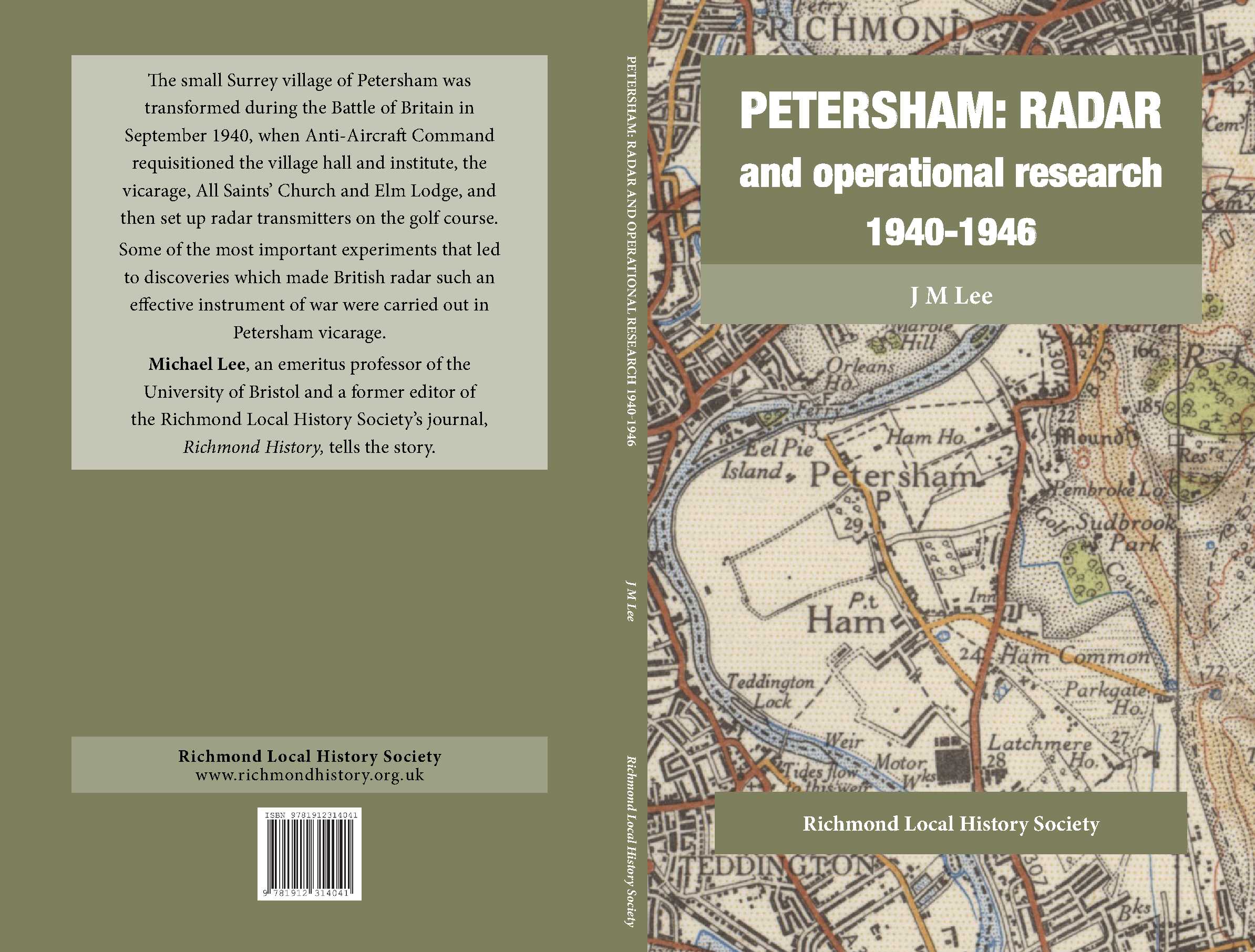 Petersham: Radar, our most recent book, published in January 2024, is on the transformation of Petersham during the Second World War. Anti-Aircraft Command requisitioned several buildings, including All Saints’ Church and the vicarage. The important experiments carried out there led to discoveries that made British radar such an effective instrument of war.
Petersham: Radar, our most recent book, published in January 2024, is on the transformation of Petersham during the Second World War. Anti-Aircraft Command requisitioned several buildings, including All Saints’ Church and the vicarage. The important experiments carried out there led to discoveries that made British radar such an effective instrument of war.
This second edition of Michael Lee‘s book includes a new, additional appendix by Timothy M M Baker on Petersham as a birthplace of radio astronomy.
Order a copy from our online bookshop.
ONLINE RESOURCES |
Resources on Richmond’s history at your fingertips
Our Resources section includes a wealth of articles on various aspects of local history, such as:
- Richmond Park: Explore the history and significance of London’s biggest royal park.
- Richmond’s almshouses: Learn about the origins and development of these charitable institutions.
- The Royal Star and Garter Home: Discover the history of this former iconic residence for ex-servicemen and women.
- Richmond’s Congregational Church in The Vineyard: Delve into the history of this important religious site and its impact on the community.
- Saving Kew Gardens: How a national campaign thwarted plans to build the National Physical Laboratory (now in Teddington) in the botanic gardens.
